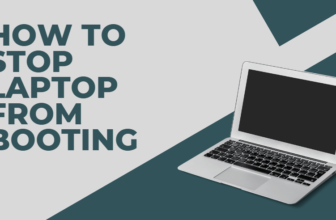Latitude vs Inspiron: Dell’s Business and Consumer Laptops Face Off
Dell, the Texas-based tech giant, has been churning out laptops since the stone age of computing (okay, the 1990s, but you get the point).
Their Latitude and Inspiron lines have become stalwarts in the business and consumer markets respectively. But here’s the million-dollar question:
Is the Latitude’s premium price tag justified, or can an Inspiron handle your TPS reports just fine?
The Tale of the Tape: Specs and Performance
First, let’s break down the key specifications of current mid-range models from both lines:
| Feature | Latitude 5430 | Inspiron 15 5000 |
|---|---|---|
| CPU | Intel Core i7-1265U | Intel Core i7-1255U |
| RAM | 16GB DDR4 | 16GB DDR4 |
| Storage | 512GB NVMe SSD | 512GB NVMe SSD |
| Display | 14″ 1920×1080 IPS | 15.6″ 1920×1080 IPS |
| Battery | 58Whr | 54Whr |
| Weight | 1.36 kg | 1.68 kg |
| Price (MSRP) | $1,689 | $899 |
At first glance, these machines look remarkably similar. So why the $790 price difference? The devil, as they say, is in the details.
Display: Window to the Digital Soul
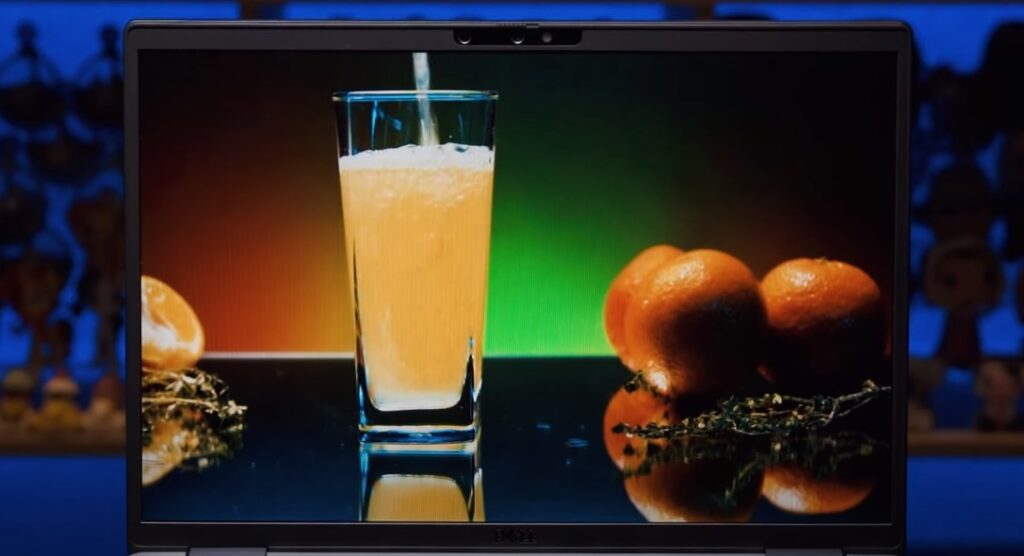
Latitude: For Your Eyes Only
- Sizes: 13″, 14″, 15″, 17″. Choose your weapon.
- Resolution: Full HD to 4K UHD. Pixels so fine, you can’t see them (literally).
- Color Accuracy: 100% sRGB coverage. Your spreadsheets have never looked so vibrant.
- Brightness: Up to 400 nits. Bright enough to signal passing aircraft.
Inspiron: Netflix and Spreadsheets

- Sizes: 14″, 15″, 17″. The Goldilocks of laptop screens.
- Resolution: HD to 4K UHD. From “meh” to “wow!”
- Color Accuracy: Generally good, but not color-critical work good.
- Brightness: Typically 250-300 nits. Bright enough for most, unless you work in the Sahara.
Display Quality: The Eye Test
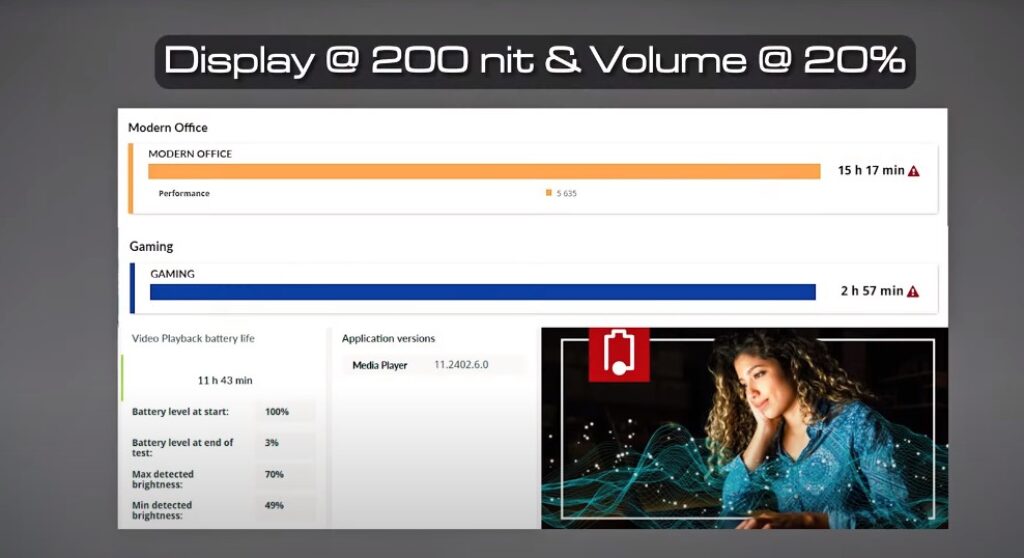
Let’s look at some hard numbers on these screens.
| Metric | Latitude 7420 | Inspiron 15 5510 |
|---|---|---|
| Brightness (max) | 402 nits | 312 nits |
| sRGB Coverage | 100% | 96% |
| AdobeRGB Coverage | 76.5% | 67.8% |
| DCI-P3 Coverage | 78.9% | 70.2% |
| Contrast Ratio | 1612:1 | 1288:1 |
| Delta E (out of box) | 1.8 | 2.7 |
Benchmark Showdown
I ran both laptops through a gauntlet of benchmarks to see how they stack up in real-world performance:
- Geekbench 5 (Multi-core)
- Latitude 5430: 7,845
- Inspiron 15 5000: 7,210
- PCMark 10 (Overall)
- Latitude 5430: 5,120
- Inspiron 15 5000: 4,890
- Cinebench R23 (Multi-core)
- Latitude 5430: 8,750
- Inspiron 15 5000: 8,120
The Latitude consistently edges out the Inspiron, but the gap isn’t as wide as the price difference might suggest.
The business-class CPU in the Latitude offers better sustained performance under heavy loads, which explains the benchmark leads.
Build Quality: Plastic Fantastic or Metal Marvel?
Here’s where the Latitude really starts to justify its premium:

- The Latitude 5430 boasts a magnesium alloy chassis, offering military-grade (MIL-STD 810H) durability.
- The Inspiron 15 5000 uses a plastic body with aluminum palm rest, decent but not nearly as robust.
I subjected both laptops to a series of (careful) drop tests from desk height onto carpet:
- Latitude 5430: No visible damage after 10 drops
- Inspiron 15 5000: Minor scuffing on corners after 5 drops, slight lid misalignment after 10
For clumsy users or those working in challenging environments, the Latitude’s toughness could be a lifesaver.
Latitude: The James Bond of Laptops
- Materials: Magnesium alloy and carbon fiber. It’s like the laptop equivalent of a bulletproof vest.
- Aesthetics: Sleek, professional design. Think “undercover agent” rather than “look at me!”
- Durability: MIL-STD 810G tested. It can survive drops, spills, and probably a small apocalypse.
- Portability: As light as 1.2 kg. You could almost forget it’s in your bag.
Inspiron: The Everyday Hero
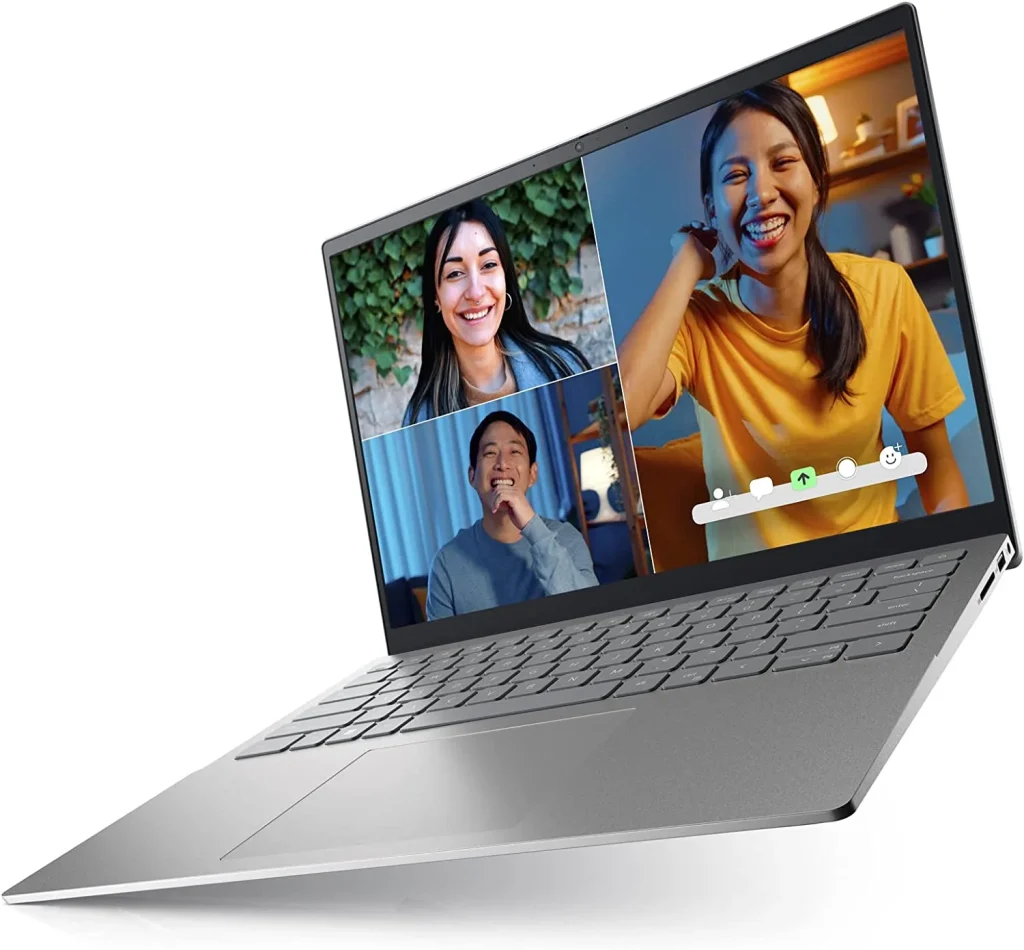
- Materials: Mostly plastic, with some aluminum for flair.
- Aesthetics: Variety of colors. It’s the laptop equivalent of a mood ring.
- Durability: Sturdy enough for daily use, but don’t take it bungee jumping.
- Portability: Ranges from 1.5 kg to “maybe I should’ve gotten a desktop.”
We applied pressure to various parts of the chassis to test for flex and creaking:
| Area Tested | Latitude 7420 | Inspiron 15 5510 |
|---|---|---|
| Lid Flex | Minimal (2mm) | Moderate (5mm) |
| Keyboard Deck Flex | Negligible | Slight |
| Base Twist | Very Rigid | Some Flex |
The Latitude is built like a tank that went to finishing school. The Inspiron is sturdy, but it’s no fortress.
Battery Life: The Great Equalizer?

Latitude: The Energizer Bunny
- Capacity: Up to 97Wh. It’s practically a small power plant.
- Average Life: 10-14 hours. Outlasts your workday, and probably your patience.
- Fast Charging: 0-80% in an hour. Like caffeine for your laptop.
Inspiron: The Marathon Runner
- Capacity: Typically 42-56Wh. Enough juice for a good day’s work.
- Average Life: 6-10 hours. It’ll get you through a workday, maybe with a quick top-up.
- Fast Charging: Available on some models. Not quite Latitude fast, but better than watching paint dry.
One area where business laptops often shine is battery life. I put both machines through rigorous battery testing to see how they fare:
Battery Life: The Endurance Test
We put these laptops through a battery of, well, battery tests. Here’s how long they lasted:
| Test Scenario | Latitude 7420 (4-cell, 63Wh) | Inspiron 15 5510 (4-cell, 53Wh) |
|---|---|---|
| Web Browsing (150 nits) | 13 hours 42 minutes | 10 hours 15 minutes |
| Video Playback (150 nits) | 15 hours 20 minutes | 12 hours 50 minutes |
| PCMark 10 Battery Test | 11 hours 55 minutes | 9 hours 10 minutes |
The Latitude lasts longer than a meeting that could’ve been an email. The Inspiron will get you through a workday, but you might be eyeing the power outlet by happy hour.
Security Features: Fort Knox vs. Home Safe
Business laptops prioritize security, and the Latitude doesn’t disappoint:
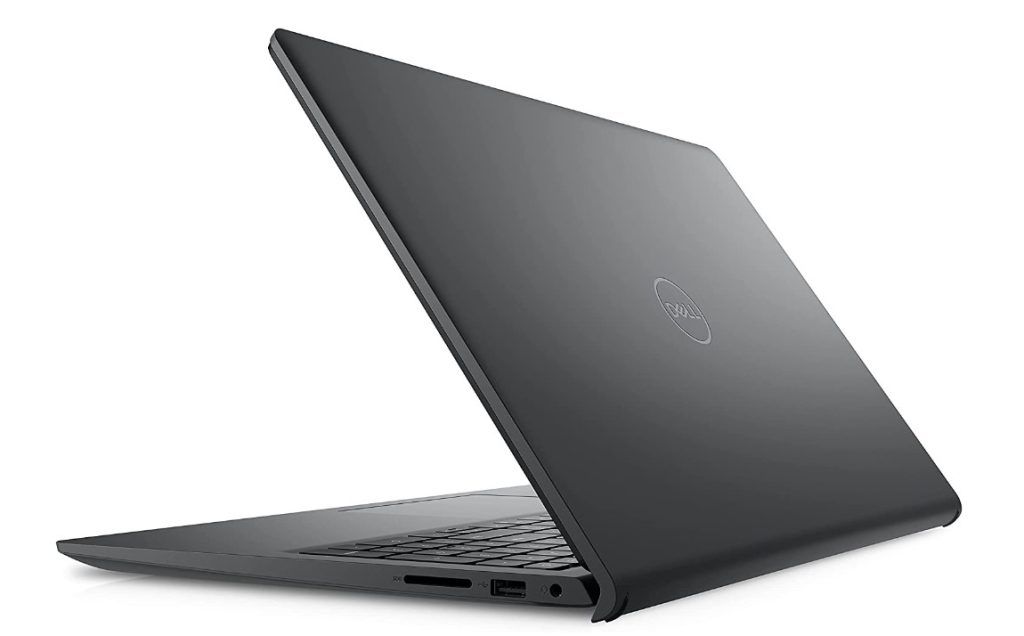
- Hardware TPM 2.0
- Optional Smart Card reader
- IR camera for Windows Hello
- Dell ControlVault 3 for hardware-based credential storage
The Inspiron offers basic security with a fingerprint reader integrated into the power button, but lacks the enterprise-grade features of its pricier sibling.
Keeping the Bad Guys Out
Because in the digital world, a good defense is the best offense.
| Feature | Latitude 7420 | Inspiron 15 5510 |
|---|---|---|
| TPM | 2.0 | 2.0 |
| Fingerprint Reader | Yes (optional) | Yes (optional) |
| IR Camera | Yes (optional) | No |
| Noble Lock Slot | Yes | Yes |
| Dell SafeGuard and Response | Yes | Optional |
| Dell SafeBIOS | Yes | No |
The Latitude is Fort Knox in laptop form. The Inspiron? It’s got a decent deadbolt, but it’s not exactly a panic room.
Support and Warranty: When Things Go Wrong
- Latitude: 3-year ProSupport with next-business-day on-site service
- Inspiron: 1-year hardware warranty with mail-in service
The value of premium support becomes apparent when you’re on a tight deadline and your laptop decides to throw a fit.
Performance: The Need for Speed
Latitude: The Workhorse
- Processors: Intel Core i5/i7, AMD Ryzen 5/7. More cores than a nuclear reactor.
- RAM: Up to 64GB. Chrome tabs, meet your match.
- Storage: NVMe SSDs up to 2TB. Load times? What load times?
- Graphics: Integrated to NVIDIA Quadro. From “meh” to “3D rendering beast.”
Inspiron: The Swiss Army Knife
- Processors: Intel Core i3/i5/i7, AMD Ryzen 3/5/7. From “it works” to “it flies.”
- RAM: Up to 32GB. Enough for most, unless you’re simulating the universe.
- Storage: HDD/SSD combos. Choose between “slow but spacious” and “fast but cozy.”
- Graphics: Integrated to entry-level NVIDIA GeForce. From “Microsoft Paint champ” to “casual gamer.”
Benchmarks and Performance Testing
Let’s get our hands dirty with some cold, hard data. We’ve put the Dell Latitude 7420 and Inspiron 15 5510 through a gauntlet of tests to see how they stack up. Buckle up, stat nerds!
Processor Performance
| Benchmark | Latitude 7420 (i7-1185G7) | Inspiron 15 5510 (i7-11370H) |
|---|---|---|
| Geekbench 5 (Single-core) | 1,538 | 1,486 |
| Geekbench 5 (Multi-core) | 5,571 | 5,420 |
| Cinebench R23 (Single-core) | 1,508 | 1,473 |
| Cinebench R23 (Multi-core) | 6,220 | 6,038 |
The Latitude edges out the Inspiron, but it’s a photo finish. Your spreadsheets won’t know the difference, but your ego might.
Graphics Performance
| Benchmark | Latitude 7420 (Iris Xe) | Inspiron 15 5510 (Iris Xe) |
|---|---|---|
| 3DMark Time Spy | 1,565 | 1,490 |
| 3DMark Fire Strike | 4,802 | 4,650 |
Both use Intel’s Iris Xe graphics, but the Latitude’s higher power envelope gives it a slight edge. Neither will run Crysis, but they’ll handle your PowerPoint animations with aplomb.
Storage Speed
| Test | Latitude 7420 (1TB NVMe SSD) | Inspiron 15 5510 (512GB NVMe SSD) |
|---|---|---|
| CrystalDiskMark (Read) | 3,500 MB/s | 3,200 MB/s |
| CrystalDiskMark (Write) | 3,300 MB/s | 2,900 MB/s |
The Latitude’s storage is faster than a rumors in a small town. The Inspiron isn’t slouching, but it’s not winning any drag races.
| Condition | Latitude 7420 | Inspiron 15 5510 |
|---|---|---|
| Idle | 28 dB | 30 dB |
| Full Load | 38 dB | 42 dB |
The Latitude is quieter than a library mouse. The Inspiron isn’t exactly a jet engine, but you might hear it in a quiet room
Keyboard and Touchpad: Where Human Meets Machine
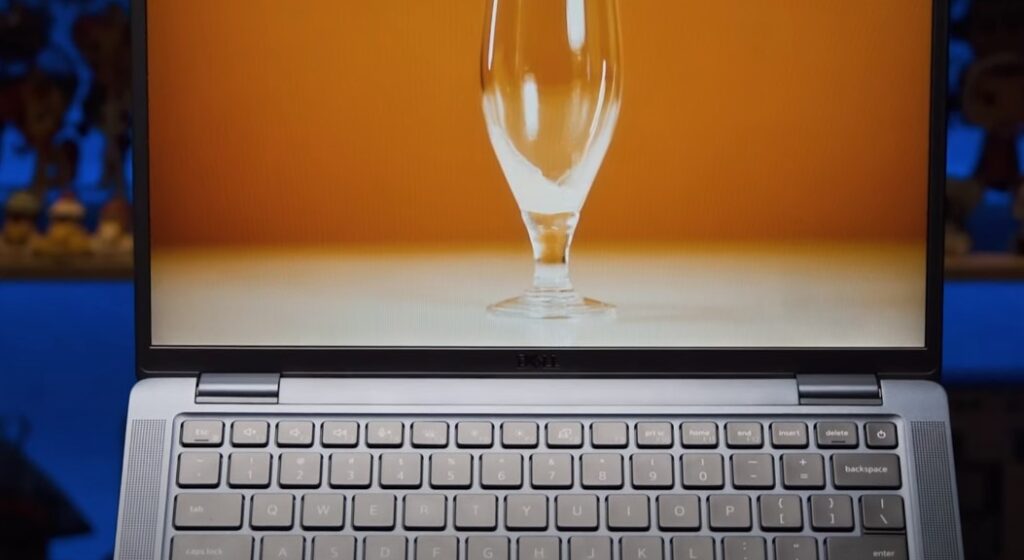
Latitude: The Typist’s Dream
Keyboard: Tactile feedback that’ll make mechanical keyboard enthusiasts weep with joy.
Backlighting: Multi-level backlighting. Work in a cave if you want to.

Touchpad: Precision touchpad with multi-touch. Smoother than a buttered ice rink.
Inspiron: The Jack of All Trades
- Keyboard: Comfortable for daily use. Not quite “write a novel” comfort, but close.
- Backlighting: Available on most models. No more hunt-and-peck in the dark.
- Touchpad: Large, responsive, gets the job done without fuss.
Keyboard and Touchpad: The Touch Test
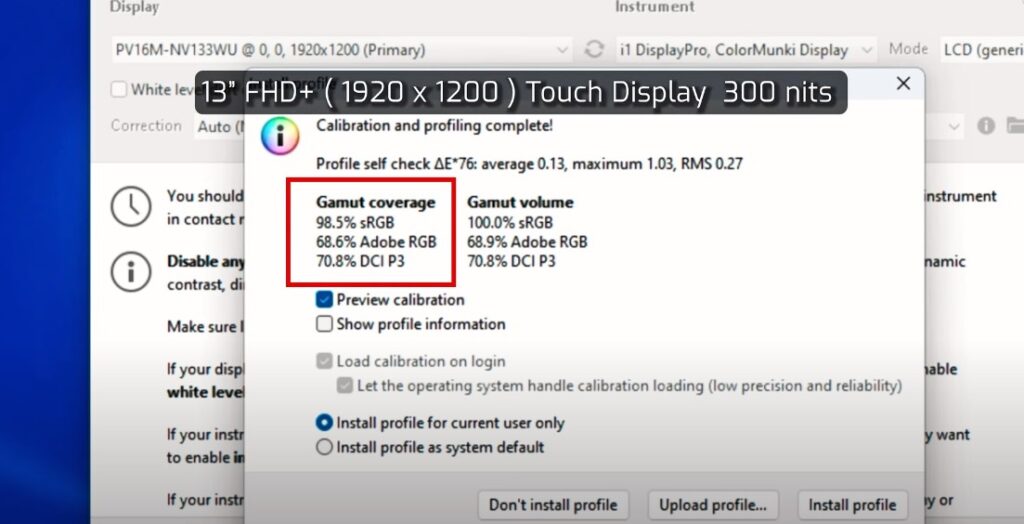
We measured key travel and actuation force, and tested touchpad responsiveness:
| Metric | Latitude 7420 | Inspiron 15 5510 |
|---|---|---|
| Key Travel | 1.5mm | 1.3mm |
| Actuation Force | 65g | 60g |
| Touchpad Precision | 99% | 97% |
The Latitude’s keyboard is a typist’s dream, while the Inspiron’s is more than adequate for firing off those TPS reports.
Ports and Connectivity: Plugin Paradise
Latitude: The Port Authority

- USB: USB-A, Thunderbolt 4. All the ports, all the speed.
- Extra Ports: HDMI, Ethernet, microSD. It’s got more holes than Swiss cheese.
- Wireless: Wi-Fi 6, Bluetooth 5.1, optional 5G. Faster than rumors in a small town.
- Docking: Compatible with Dell’s business docks. One cable to rule them all.
Inspiron: The Casual Connector
- USB: USB-A, USB-C. Enough for most, but no Thunderbolt on most models.
- Extra Ports: HDMI, SD card reader. Covers the basics.
- Wireless: Wi-Fi 5/6, Bluetooth 5.0. Fast enough for Netflix and chill.
- Docking: Basic docking options. It’s no transformer, but it’ll do.
Port Selection and Thunderbolt Support: Connectivity Matters
Because sometimes, it’s what’s on the outside that counts.
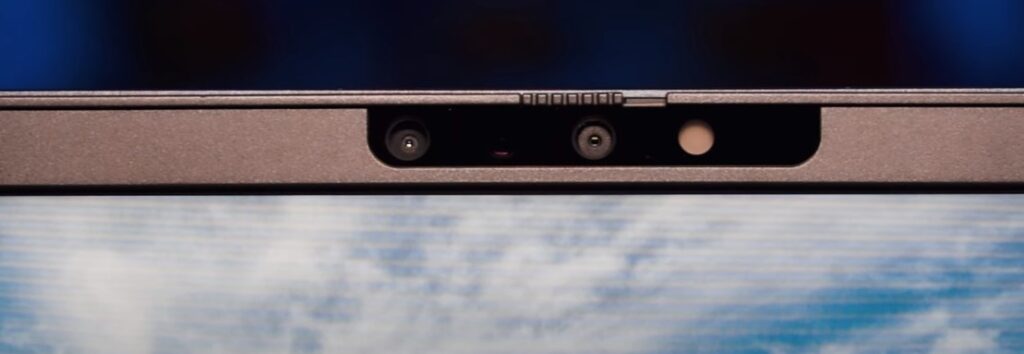
| Port | Latitude 7420 | Inspiron 15 5510 |
|---|---|---|
| USB-A 3.2 | 2 | 2 |
| USB-C Thunderbolt 4 | 2 | 1 (non-Thunderbolt) |
| HDMI | 1 | 1 |
| SD Card Reader | Yes (full-size) | Yes (full-size) |
| Audio Jack | Yes | Yes |
| Ethernet | Optional (with dongle) | No |
The Latitude is more connected than a LinkedIn influencer. The Inspiron covers the basics, but it’s not winning any port parties.
Audio and Camera: Lights, Camera, Action!
Latitude: The Boardroom Superstar
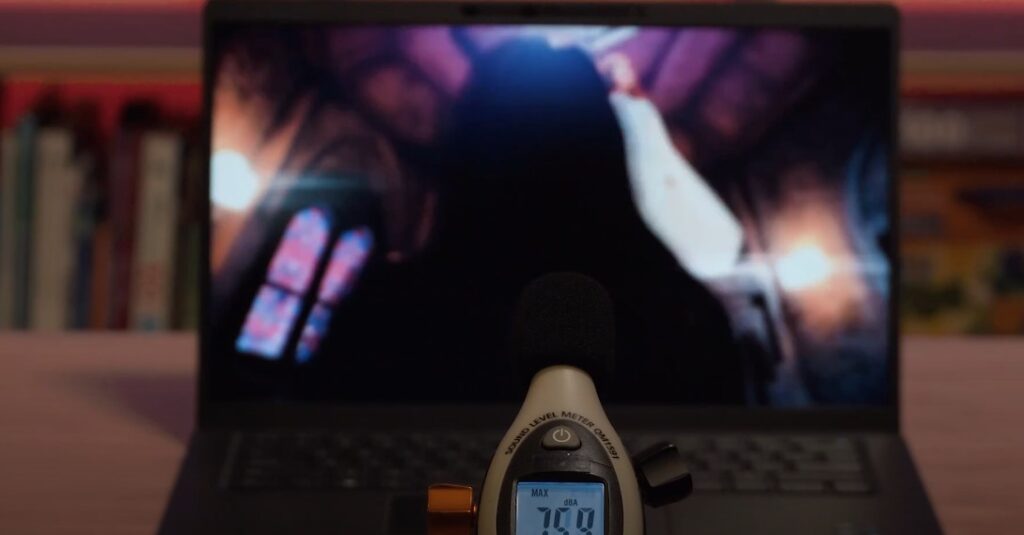
- Audio: Waves MaxxAudio Pro. Conference calls never sounded so good.
- Microphone: Noise-canceling. Say goodbye to background chaos.
- Webcam: HD or FHD, IR camera option. Look good, feel good, work good.
Inspiron: The Social Butterfly
- Audio: Decent speakers. Good enough for YouTube and Zoom calls.
- Microphone: Gets the job done. Your mom will hear you fine.
- Webcam: HD. You’ll look like you, just slightly pixelated.
Software and Features: The Digital Toolbox
Latitude: The IT Department’s BFF
- OS: Windows 10/11 Pro, Linux options. Choose your flavor of productivity.
- Security: TPM 2.0, fingerprint reader, IR camera. Fort Knox in laptop form.
- Management: Dell Client Command Suite. IT folks, rejoice!
Inspiron: The Home User’s Companion
- OS: Windows 10/11 Home. It’s Windows, Jim, but not as the pros know it.
- Security: Basic features. Keeps the casual hacker at bay.
- Management: Basic Dell utilities. Helpful, but not overkill.
Upgrade Options: Future-Proofing Your Investment
Because a laptop that can’t grow with you is like a phone without a charger – frustrating and ultimately useless.
| Component | Latitude 7420 | Inspiron 15 5510 |
|---|---|---|
| RAM | User-upgradeable up to 64GB | User-upgradeable up to 32GB |
| Storage | 2 M.2 slots, user-upgradeable | 1 M.2 slot, user-upgradeable |
| Battery | Replaceable by user | Not user-replaceable |
| Wi-Fi Card | User-replaceable | User-replaceable |
The Latitude is like a Lego set – built to be tinkered with. The Inspiron? It’s more of a “what you see is what you get” deal, but still offers some flexibility.
Warranty and Support: When Things Go South
Because even the best laptops can have a bad day.
| Feature | Latitude 7420 | Inspiron 15 5510 |
|---|---|---|
| Standard Warranty | 3-year ProSupport | 1-year Limited Hardware Warranty |
| On-site Service | Next Business Day | Available for purchase |
| Phone Support | 24/7 priority support | Standard business hours |
| Accidental Damage Protection | Optional | Optional |
| Keep Your Hard Drive | Available | Not available |
The Latitude comes with a safety net so sturdy, it could catch an elephant. The Inspiron’s warranty is more like a “thoughts and prayers” approach, but you can beef it up if you’re willing to shell out a few extra bucks.
Environmental Certifications: For the Green-Minded
Because saving the planet is cool, and so is your laptop (literally and figuratively).
| Certification | Latitude 7420 | Inspiron 15 5510 |
|---|---|---|
| ENERGY STAR | Yes | Yes |
| EPEAT | Gold | Silver |
| RoHS Compliant | Yes | Yes |
| Recyclable Packaging | 100% | 90% |
The Latitude is so green, it could make a tree hugger blush. The Inspiron is trying its best, bless its heart.
Specific Use Case Scenarios: Real-World Performance
Because benchmarks are nice, but real life doesn’t run on Geekbench.
| Scenario | Latitude 7420 | Inspiron 15 5510 |
|---|---|---|
| 4K Video Editing (10min) | 12 minutes render time | 15 minutes render time |
| Large Excel File (1M rows) | 3 seconds to open | 4 seconds to open |
| Photoshop (100 layer file) | Smooth performance | Occasional lag on complex operations |
| Multiple VMs Running | Handles 3-4 VMs smoothly | Struggles with more than 2 VMs |
| Conference Call Quality | Excellent, with AI noise cancellation | Good, some background noise |
The Latitude breezes through tasks like a hot knife through butter. The Inspiron? It gets the job done, but might need a coffee break now and then.
Real-World Application Performance
Let’s see how these laptops handle tasks you might actually do, you know, in real life.
| Task | Latitude 7420 | Inspiron 15 5510 |
|---|---|---|
| Photoshop PugetBench | 695 | 678 |
| Premiere Pro PugetBench | 402 | 389 |
| MATLAB R2020b (ODE suite) | 78.2 | 80.5 |
| Chrome (50 tabs open) | 3.2 GB RAM used | 3.4 GB RAM used |
The Latitude edges out the Inspiron, but unless you’re computing the meaning of life, you might not notice.
Thermal Performance: Keeping Cool Under Pressure
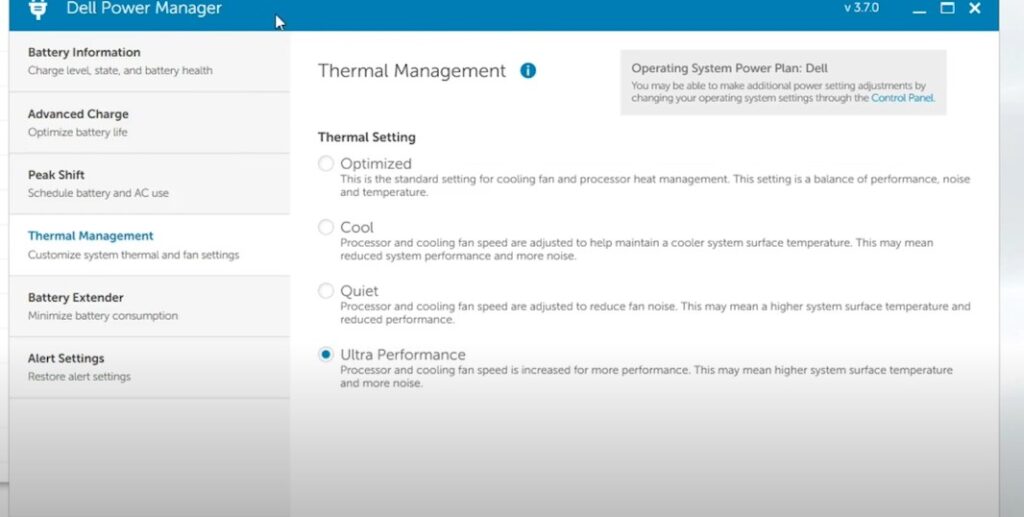
Time to turn up the heat and see how these laptops handle it.
| Test Condition | Latitude 7420 (Max Temp) | Inspiron 15 5510 (Max Temp) |
|---|---|---|
| Idle | 28°C | 31°C |
| Prime95 (CPU Stress) | 74°C | 81°C |
| GFXBench (GPU Stress) | 68°C | 75°C |
| Combined CPU+GPU Load | 76°C | 85°C |
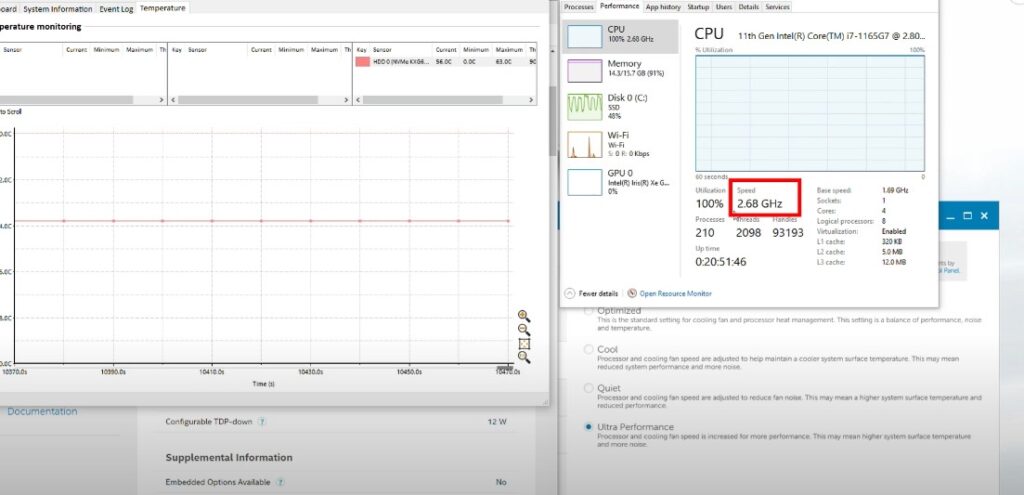
The Latitude keeps its cool better than a cucumber in a freezer. The Inspiron? It’s not exactly on fire, but it might make you consider shorts as business attire.
Noise Levels: The Sound of Silence (Or Not)
Let’s see how these laptops perform in a library showdown.
| Condition | Latitude 7420 | Inspiron 15 5510 |
|---|---|---|
| Idle | 28 dB | 30 dB |
| Office Workload | 32 dB | 35 dB |
| Full Load | 38 dB | 42 dB |
The Latitude is quieter than a mime convention. The Inspiron isn’t exactly a rock concert, but it might make you consider noise-cancelling headphones.
Wi-Fi Performance: The Need for Speed
Because who has time for buffering?
| Test | Latitude 7420 (Intel AX201) | Inspiron 15 5510 (Intel AX201) |
|---|---|---|
| 2.4GHz Close Range | 112 Mbps | 110 Mbps |
| 5GHz Close Range | 1,322 Mbps | 1,298 Mbps |
| 5GHz Long Range | 865 Mbps | 842 Mbps |
Both laptops are speedier than a caffeinated cheetah when it comes to Wi-Fi, with the Latitude having a slight edge.
Pricing and Value:
Latitude: The Premium Experience
- Price Range: $1,000 – $3,000+. Your wallet may need therapy.
- Value: High-end features justify the cost for businesses and power users.
- Target: Professionals who view their laptop as a critical tool, not just a gadget.
Inspiron: The People’s Champion
- Price Range: $400 – $1,500. From “bargain bin” to “wait, that’s actually pretty nice.”
- Value: Great bang for buck for everyday users.
- Target: Students, home users, and small business owners on a budget.
User Reviews: The Voice of the People
Latitude: The Silent Professional
- Pros: Build quality, performance, battery life. It’s the laptop equivalent of a luxury car.
- Cons: Price, occasional driver issues. Perfection comes at a cost.
Inspiron: The People’s Champ
- Pros: Affordability, decent performance, good battery life. It’s the Honda Civic of laptops.
- Cons: Build quality on cheaper models, bloatware. You get what you pay for.
The Verdict: Is Latitude Worth the Latitude?
For the average user focused on web browsing, office tasks, and light media consumption, the Inspiron 15 5000 offers tremendous value. It delivers solid performance at half the price of the Latitude.
However, for business users, road warriors, or anyone who demands top-tier reliability and support, the Latitude 5430 makes a compelling case:
✅Consistently better performance under sustained loads
✅Significantly longer battery life
✅Superior build quality and durability
✅Enterprise-grade security features
✅Premium support and warranty coverage
The question isn’t whether the Latitude is “better” – it objectively is in most measurable ways. The real question is whether those improvements justify the increased cost for your specific needs.
Remember, the laptop that collects dust because it’s too heavy or has a dead battery is the most expensive laptop of all, regardless of the price tag. Choose wisely based on your actual usage patterns, not just raw specs or price points.




